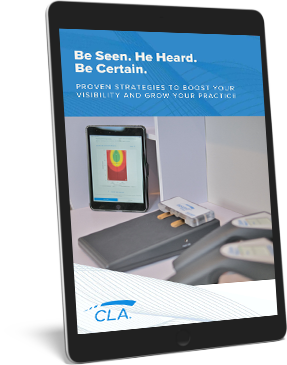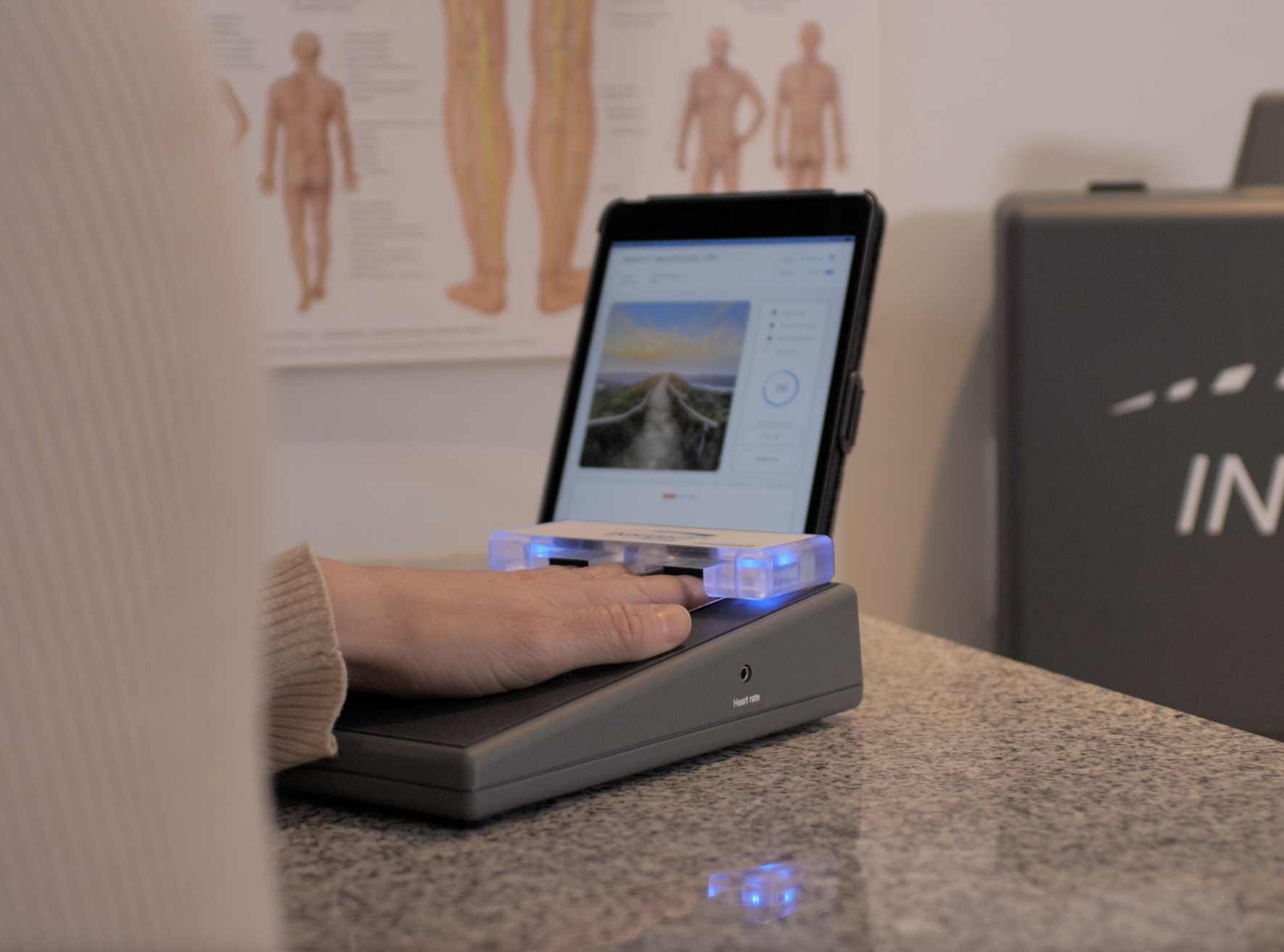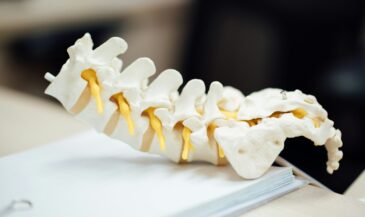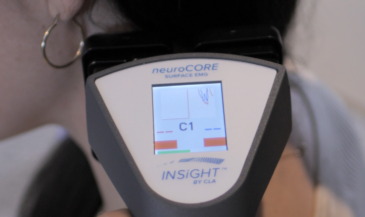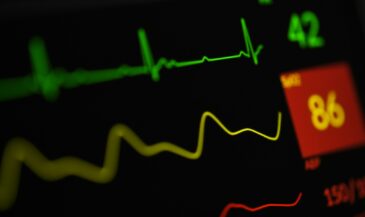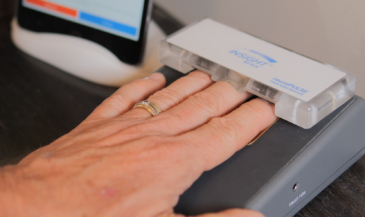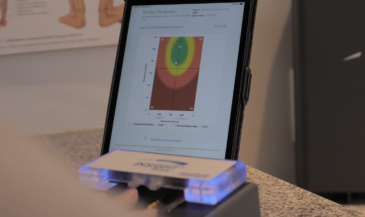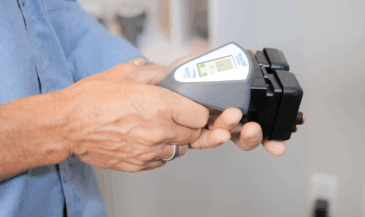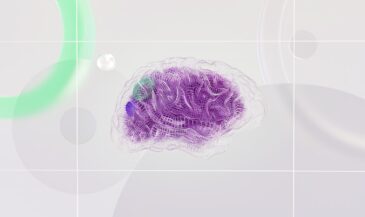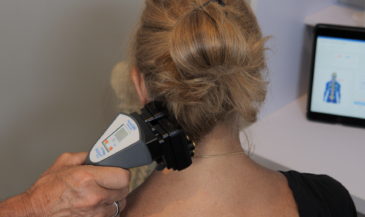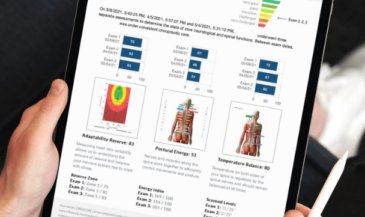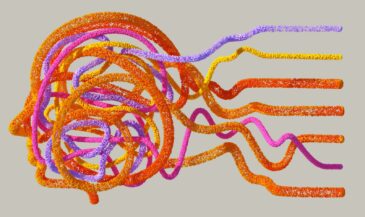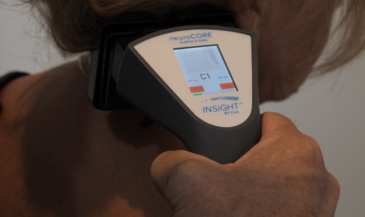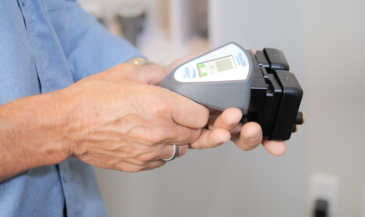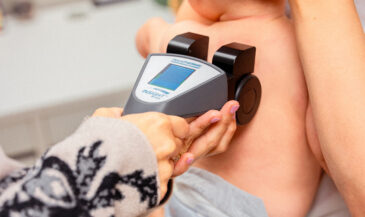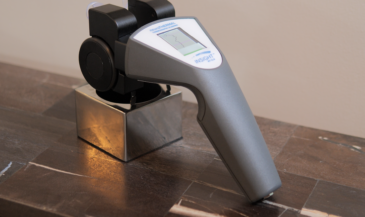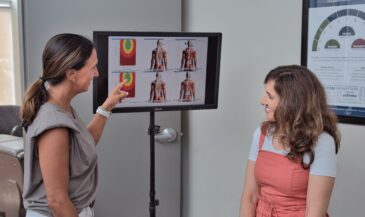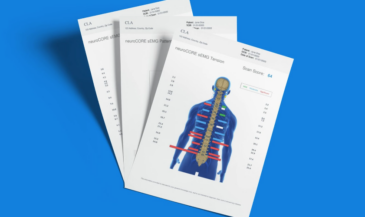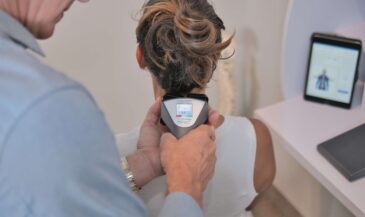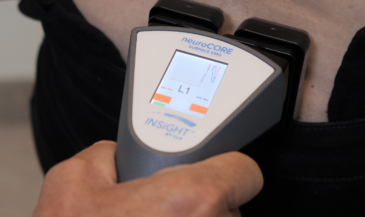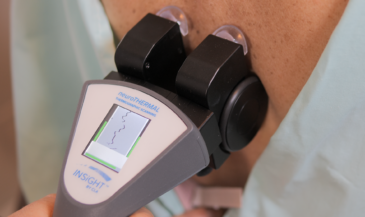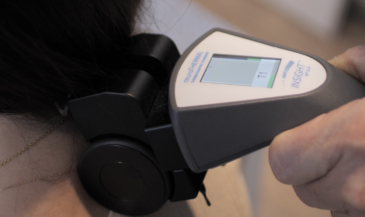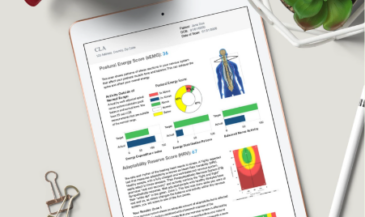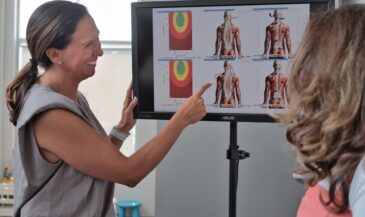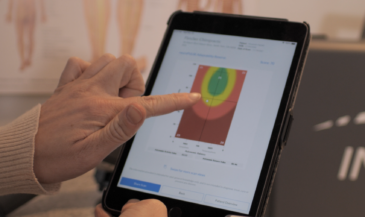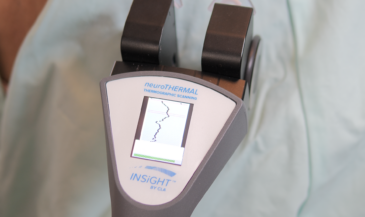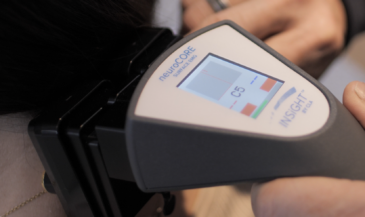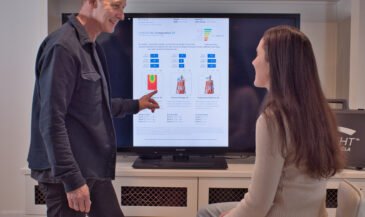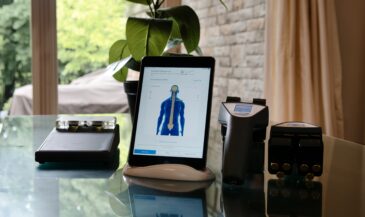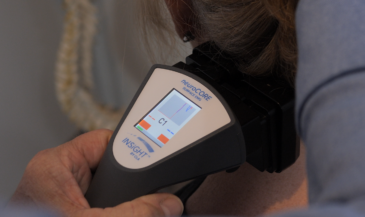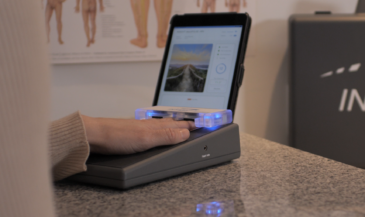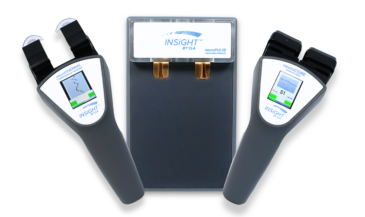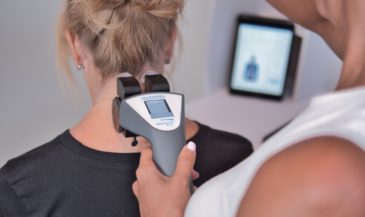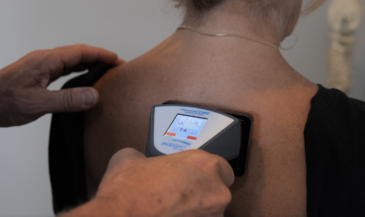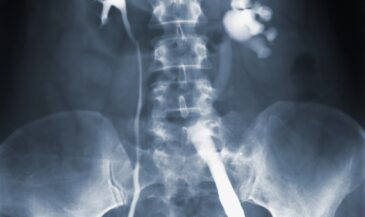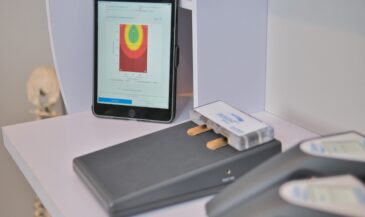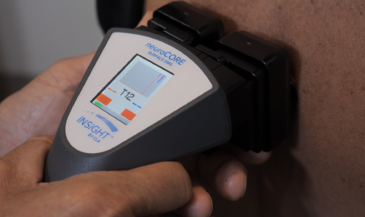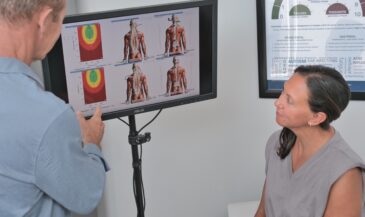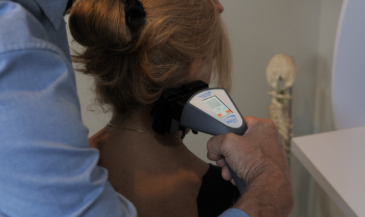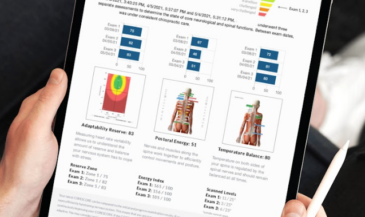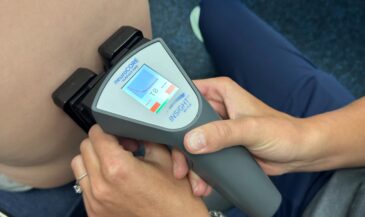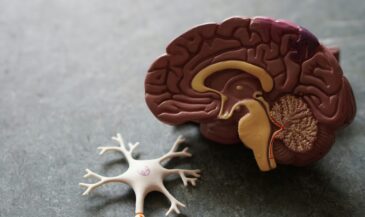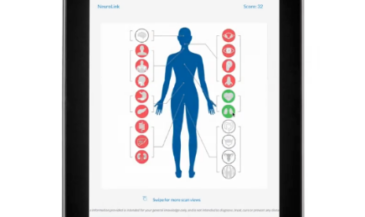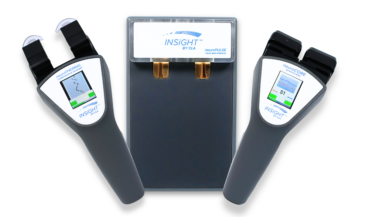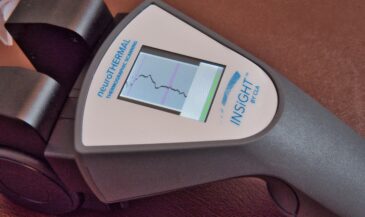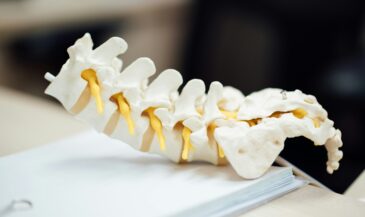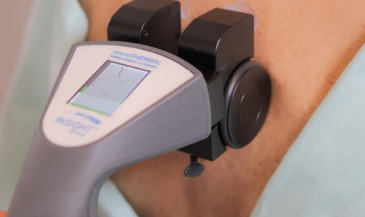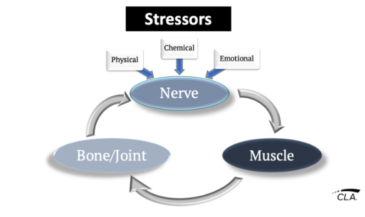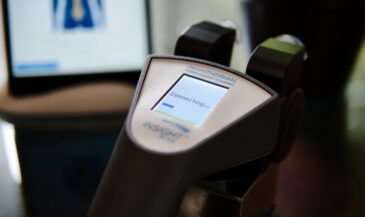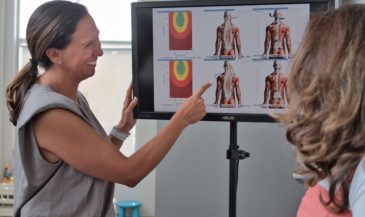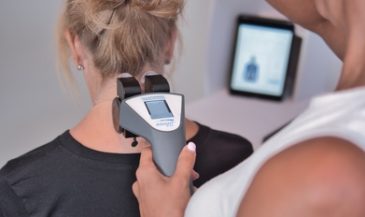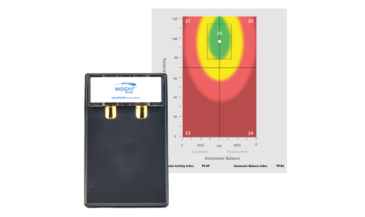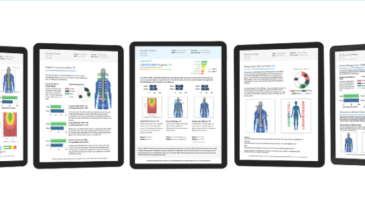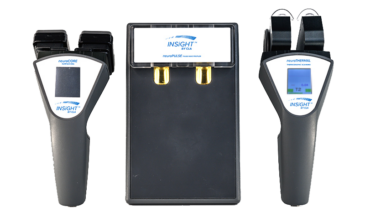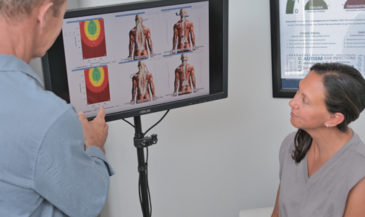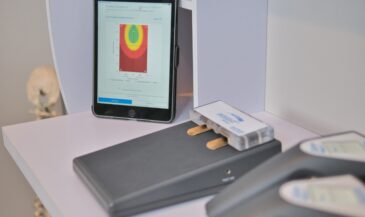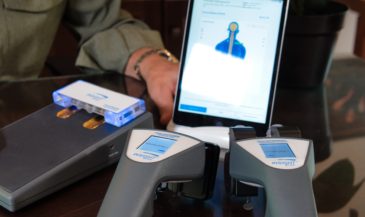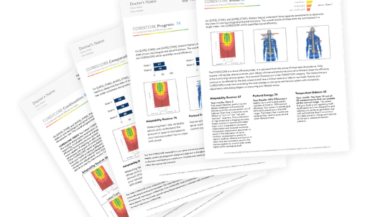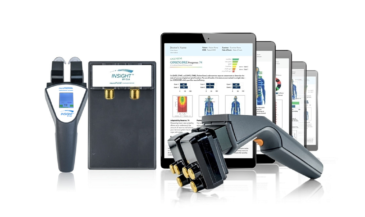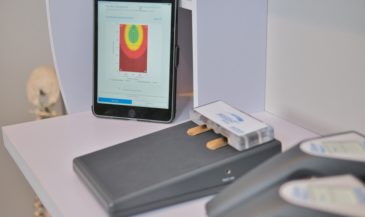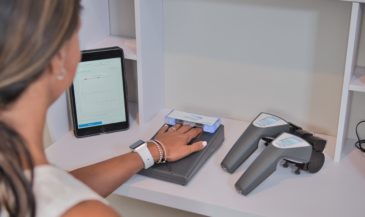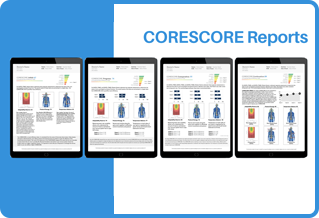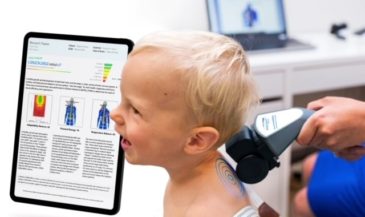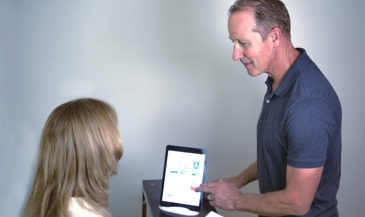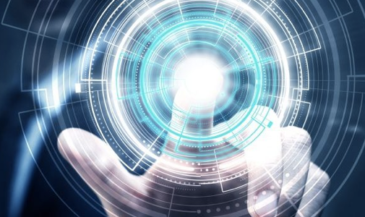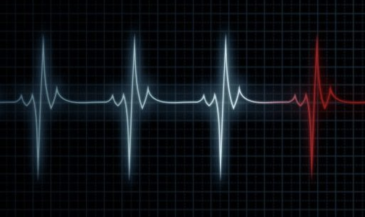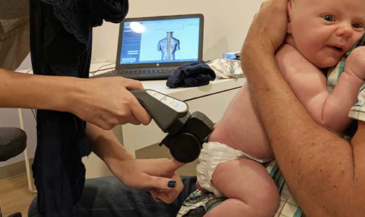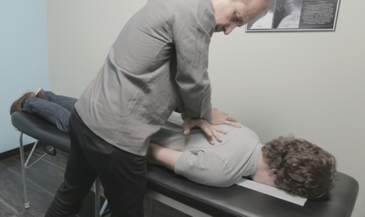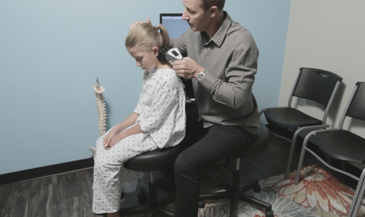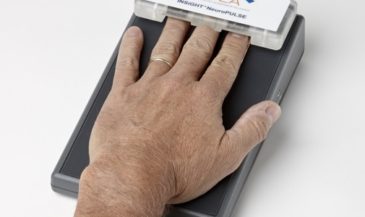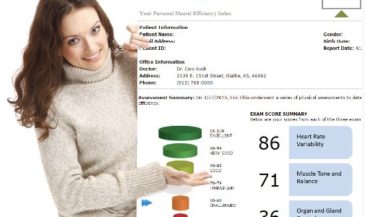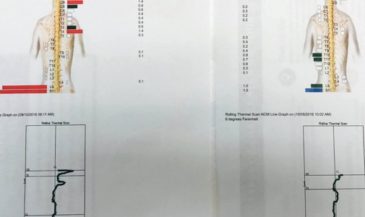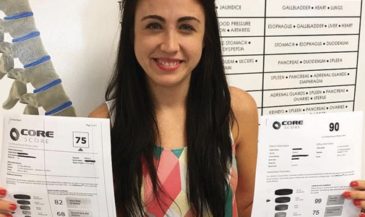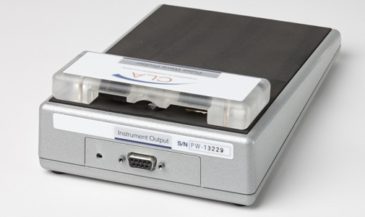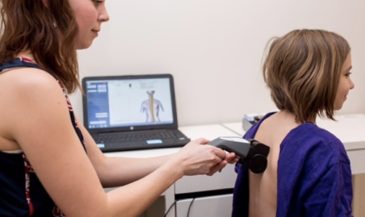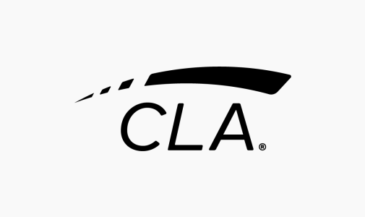When it comes to chiropractic care, you’ve probably heard the phrase, “The spine is the key to the nervous system.” But what does that really mean, and how do you track its health? How do you measure whether the spine is causing stress, tension, or dysfunction in the nervous system?
Neurological scanning technology is the answer. With the right tools, chiropractors can evaluate the function of the nervous system in real-time. By integrating neuroPULSE, neuroCORE, and neuroTHERMAL, you get data that shows exactly what’s going on inside the body. This is not just about making adjustments—it’s about creating personalized, data-backed care plans that deliver real results for your patients.
Let’s explore how neurological scanning technology is revolutionizing chiropractic diagnosis and care.
What is Neurological Scanning Technology?
Neurological scanning technology refers to a set of tools used to assess the function of the nervous system. These tools provide chiropractors with detailed, objective data that helps identify nerve interference, spinal stress, and overall nervous system function.
The INSiGHT neuroTECH suite is a perfect example of this. It combines several cutting-edge tools that work together to give chiropractors a complete picture of a patient’s health:
- neuroPULSE: Measures heart rate variability (HRV) to track the body’s ability to manage stress and recover.
- neuroCORE: Tracks muscle activity using surface EMG to detect areas of tension, fatigue, or imbalance.
- neuroTHERMAL: Uses thermal scanning to measure temperature differences along the spine, revealing hidden nerve stress or inflammation.
These scans allow chiropractors to move beyond guesswork and subjective symptoms, giving them reliable data that can be used to guide care decisions.
Why is Neurological Scanning Important for Chiropractic Diagnosis?
As a chiropractor, your goal is to improve the function of your patients’ nervous systems. But how do you know what’s happening beneath the surface? Neurological scanning technology gives you the ability to measure and track nervous system function in real-time.
Here’s how it can improve your diagnostic accuracy:
- Objective Data: Rather than relying on a patient’s subjective complaints, scans give you measurable data that shows exactly how the nervous system is functioning.
- Identify Nerve Interference: Surface EMG can show areas where nerves are being irritated, helping you target adjustments more effectively.
- Track Progress: With the neuroPULSE (HRV) and neuroTHERMAL scans, you can show your patients how their nervous system is adapting and healing over time.
This technology takes chiropractic diagnosis to the next level, helping you deliver more personalized, effective care.
How Neurological Scanning Technology Improves Patient Outcomes
Neurological scanning isn’t just about collecting data—it’s about using that data to improve patient care. When you track nervous system function with tools like neuroPULSE, neuroCORE, and neuroTHERMAL, you get real-time insight into how adjustments are working.
Here’s why it leads to better outcomes:
- Personalized Care Plans: Scans help you create tailored care plans based on how the nervous system is actually functioning, not just what the patient feels.
- Faster Recovery: By identifying areas of interference early on, you can address them before they lead to bigger issues.
- Better Communication: Patients appreciate seeing tangible proof that their chiropractic care is making a difference. Thermal scans and HRV readings give them a clear, visual way to understand their progress.
With these tools, chiropractic becomes more than just an adjustment—it becomes a comprehensive health strategy for improving nervous system function and overall wellness.
Why Is It Crucial to Assess Nervous System Health in Chiropractic Care?
The nervous system controls every function in the body—from heart rate to digestion to immune response. If the nervous system isn’t working properly, the entire body suffers.
Neurological scanning technology gives you the ability to assess how well the nervous system is functioning and whether it’s under stress. Thermal scans and HRV assessments give a clear picture of the body’s stress response and ability to recover. By addressing areas of dysfunction early, chiropractic care helps to optimize nervous system health and prevent future problems.
The best part? Scans make these invisible processes visible, so patients understand that their care isn’t just about relieving pain—it’s about improving the function of their body as a whole.
How to Integrate Neurological Scanning Technology Into Your Practice
Adding neurological scanning technology into your practice is easier than you think. Here’s how you can start:
- Invest in reliable tools: Get your hands on INSiGHT neuroTECH scanning tools like the neuroPULSE, neuroCORE, and neuroTHERMAL. These tools will provide you with comprehensive, reliable data.
- Integrate it into your exams: Use neurological scans during initial exams and progress checks to track how your patients’ nervous systems are responding to care.
- Educate your patients: Show them the data. Explain how their nervous system is functioning and how chiropractic care is improving it. When patients see real results, they’ll stay engaged in their care.
By using neurological scanning technology, you’re not only improving your patients’ outcomes—you’re building a practice that’s grounded in science, trust, and measurable success.
FAQs About Neurological Scanning Technology
What is the role of neuroPULSE in chiropractic care?
The neuroPULSE measures heart rate variability (HRV) to assess the autonomic nervous system’s ability to handle stress. It’s used to track how well the nervous system is recovering and adapting to stress over time.
How does neuroCORE help in diagnosis?
The neuroCORE uses surface EMG to measure muscle activity along the spine, revealing areas of tension, fatigue, or imbalance caused by nerve interference. This helps chiropractors focus on the most critical areas during treatment.
What does neuroTHERMAL scan reveal?
The neuroTHERMAL scans detect temperature imbalances along the spine, which indicate stress or dysfunction in the nervous system. These scans help chiropractors find areas of deep nerve interference that could be affecting other systems in the body.
Are these scans safe for all patients?
Yes, neurological scanning technology is non-invasive, safe, and suitable for patients of all ages. There’s no radiation involved, and the process is quick and comfortable.
How often should neurological scans be used in chiropractic care?
It’s best to use neurological scans regularly—especially during progress visits or when tracking long-term care. This allows chiropractors to track improvements and adjust care plans as needed.
The Future of Chiropractic Diagnosis
Neurological scanning technology is the future of chiropractic care. By embracing tools like the neuroPULSE, neuroCORE, and neuroTHERMAL, you’re giving yourself the ability to provide more precise, effective care.
This technology allows you to measure what was once invisible and track the improvements in your patients’ nervous systems. It’s time to move beyond subjective symptoms and make data-driven decisions that improve patient outcomes and grow your practice.
Book a call with an INSiGHT Advisor today to learn how you can bring this transformative technology into your chiropractic clinic so you can lead your patients on a journey toward optimal health and wellness.




